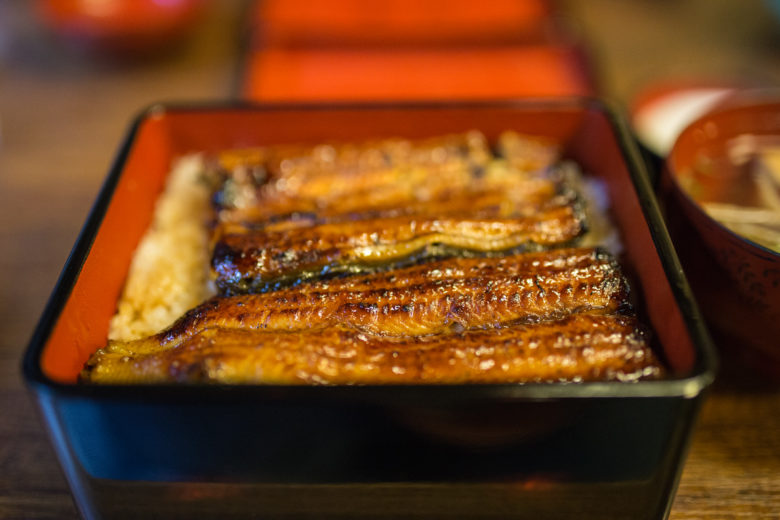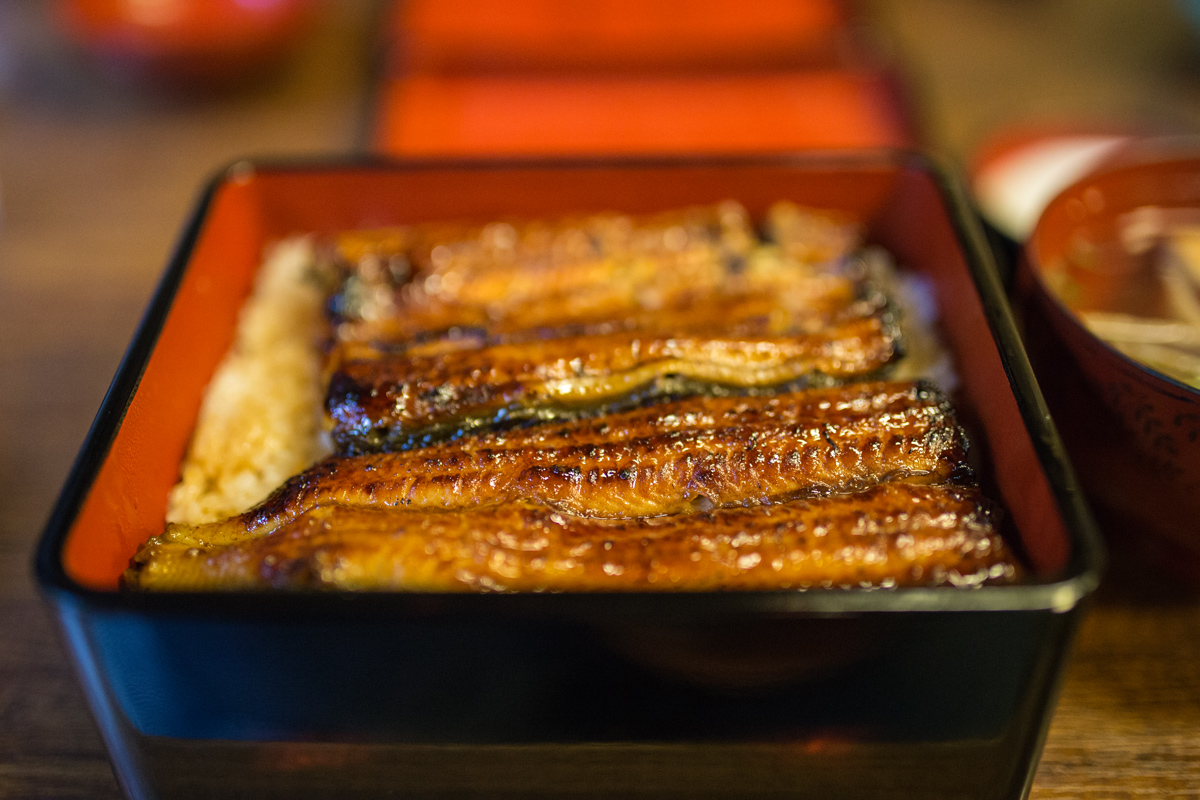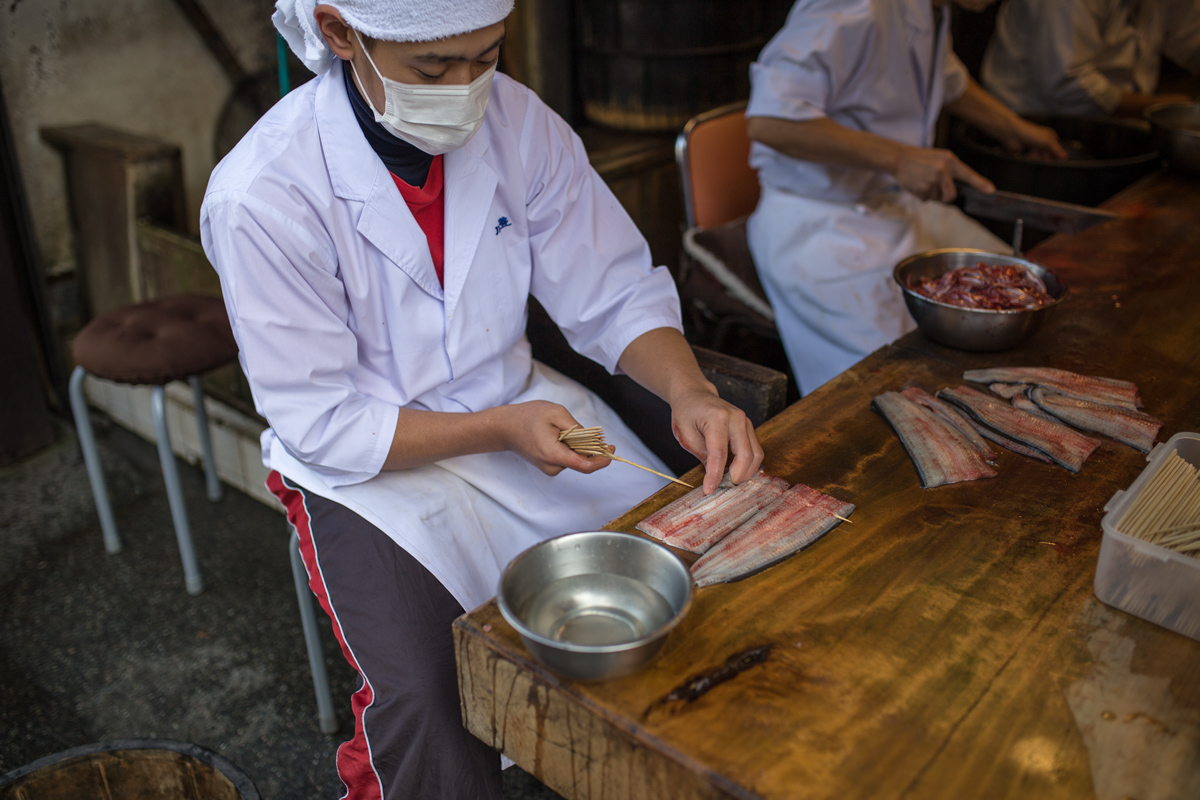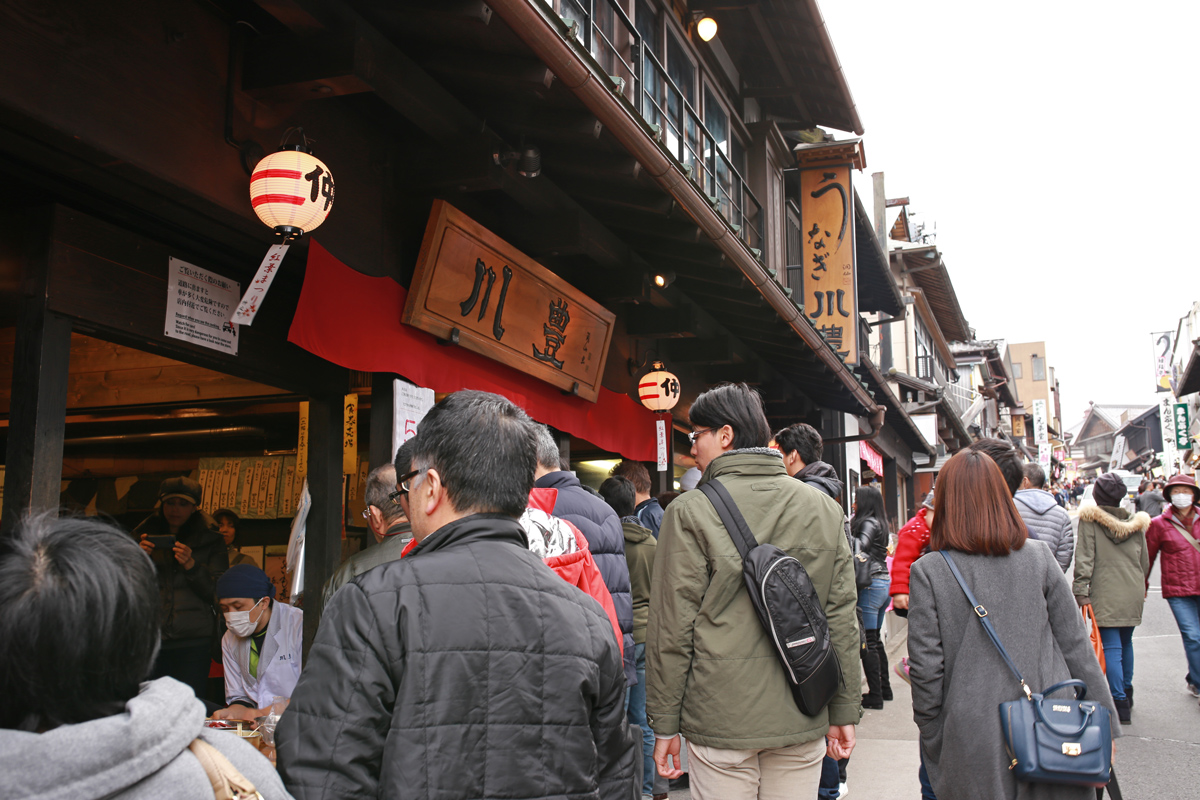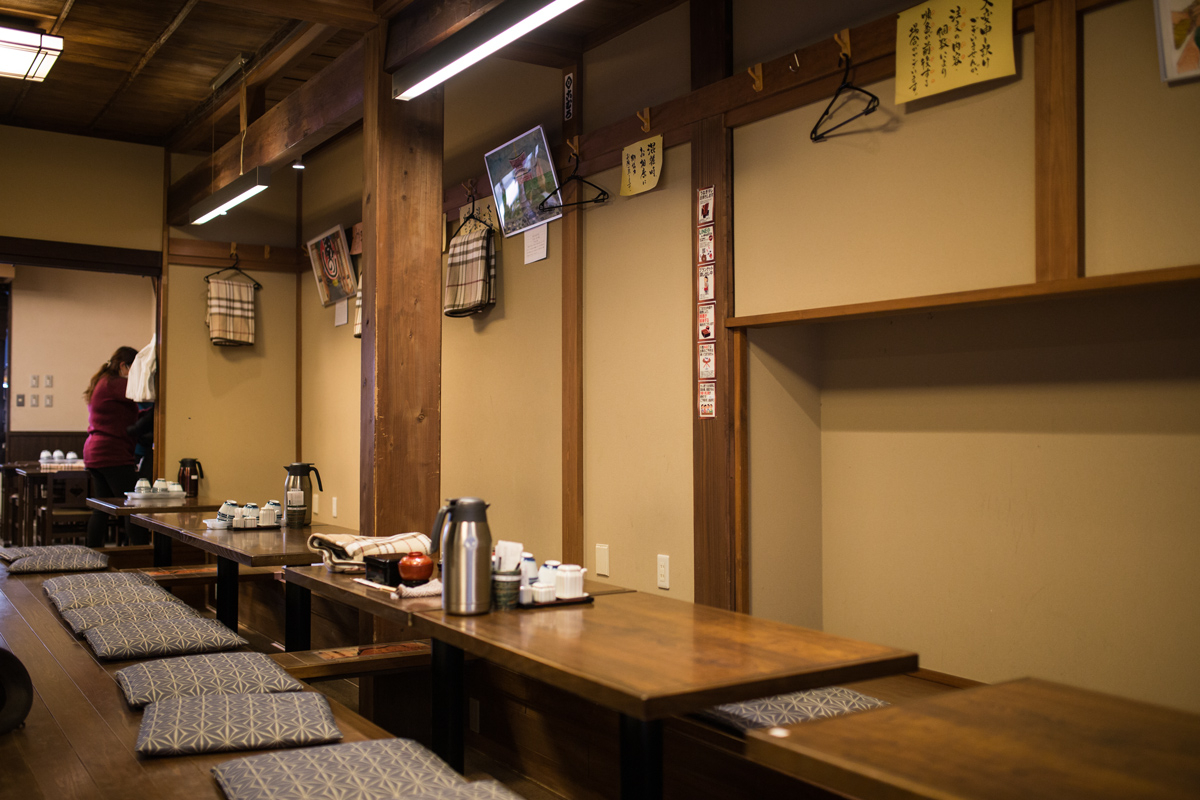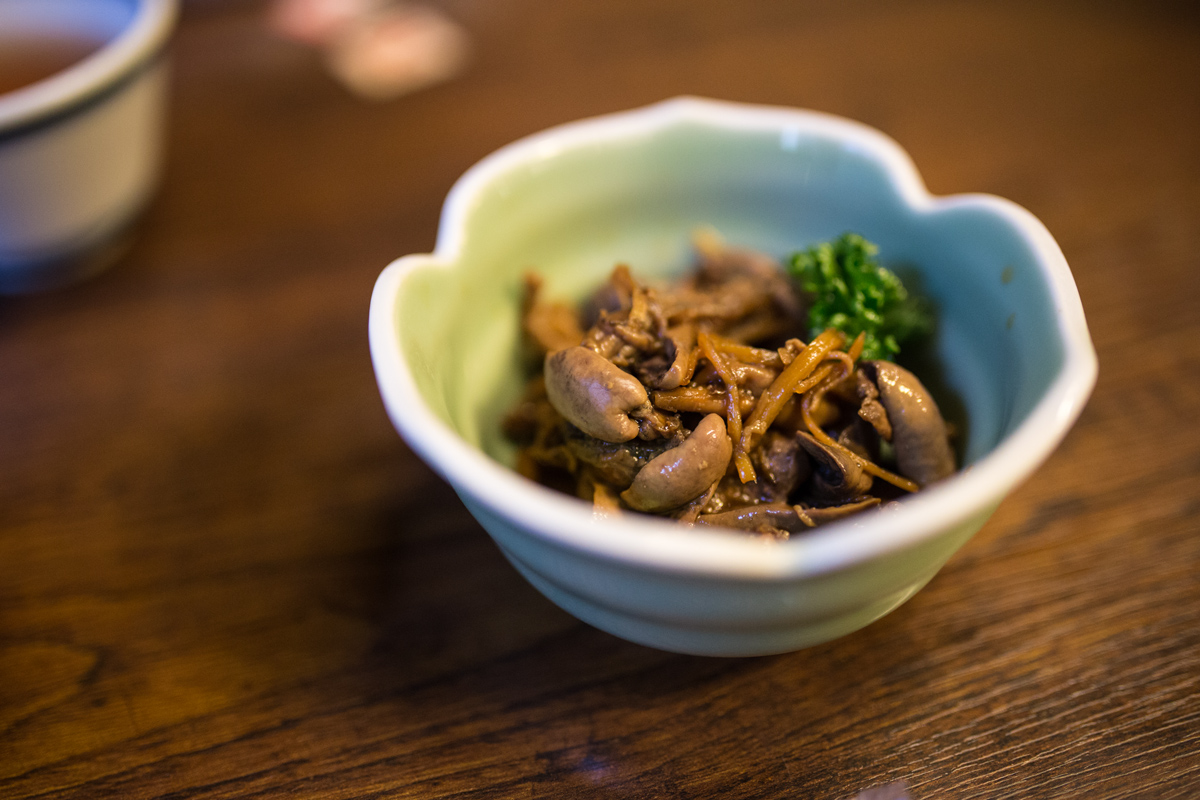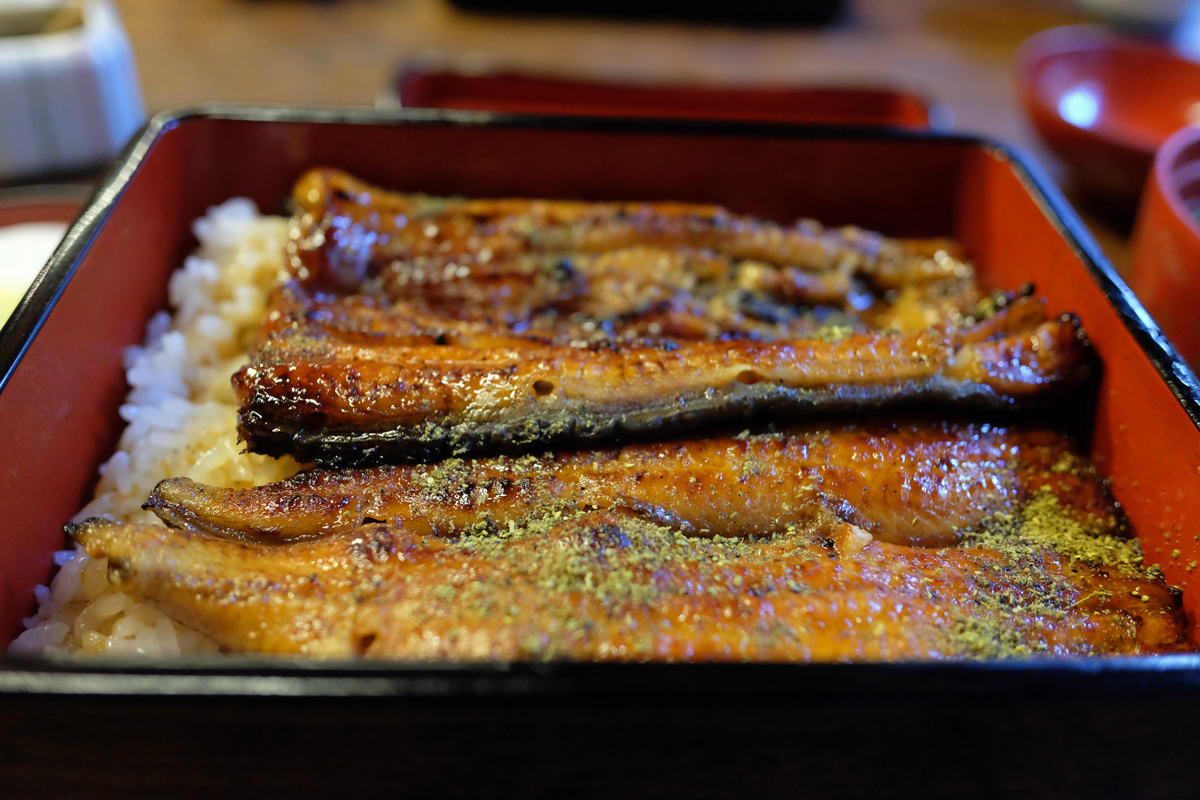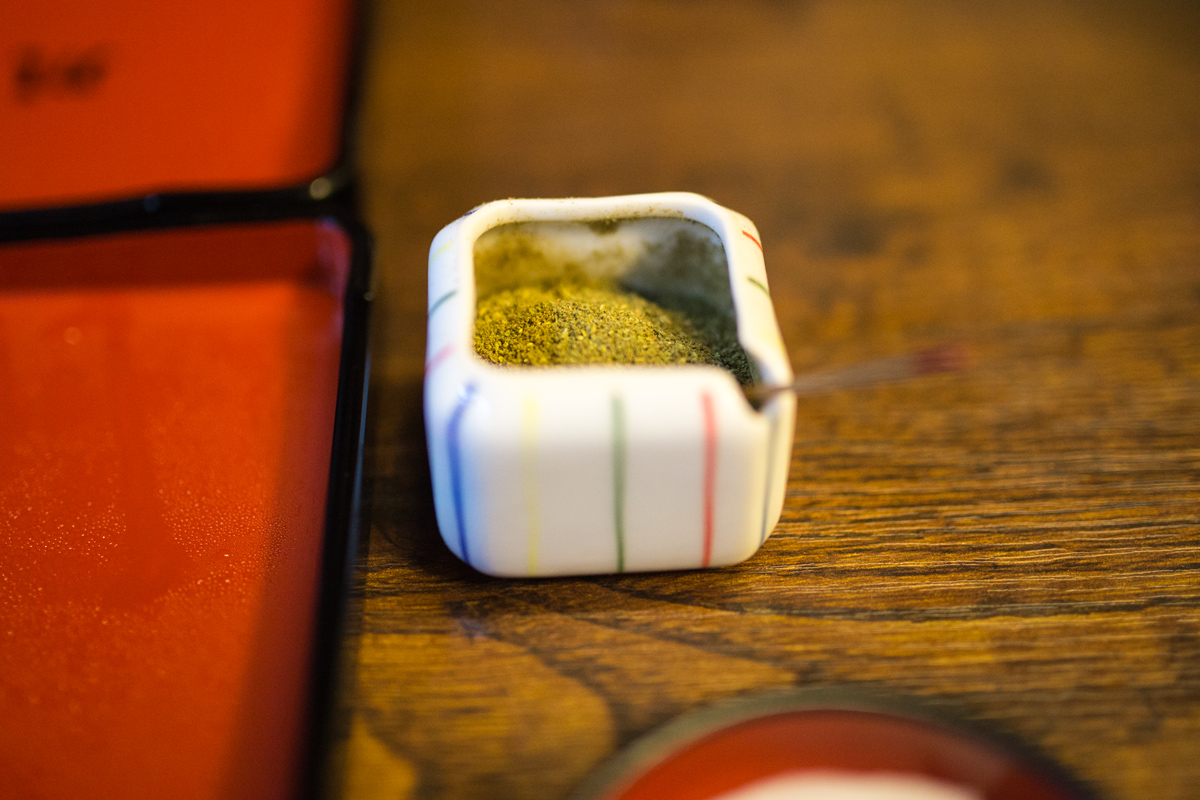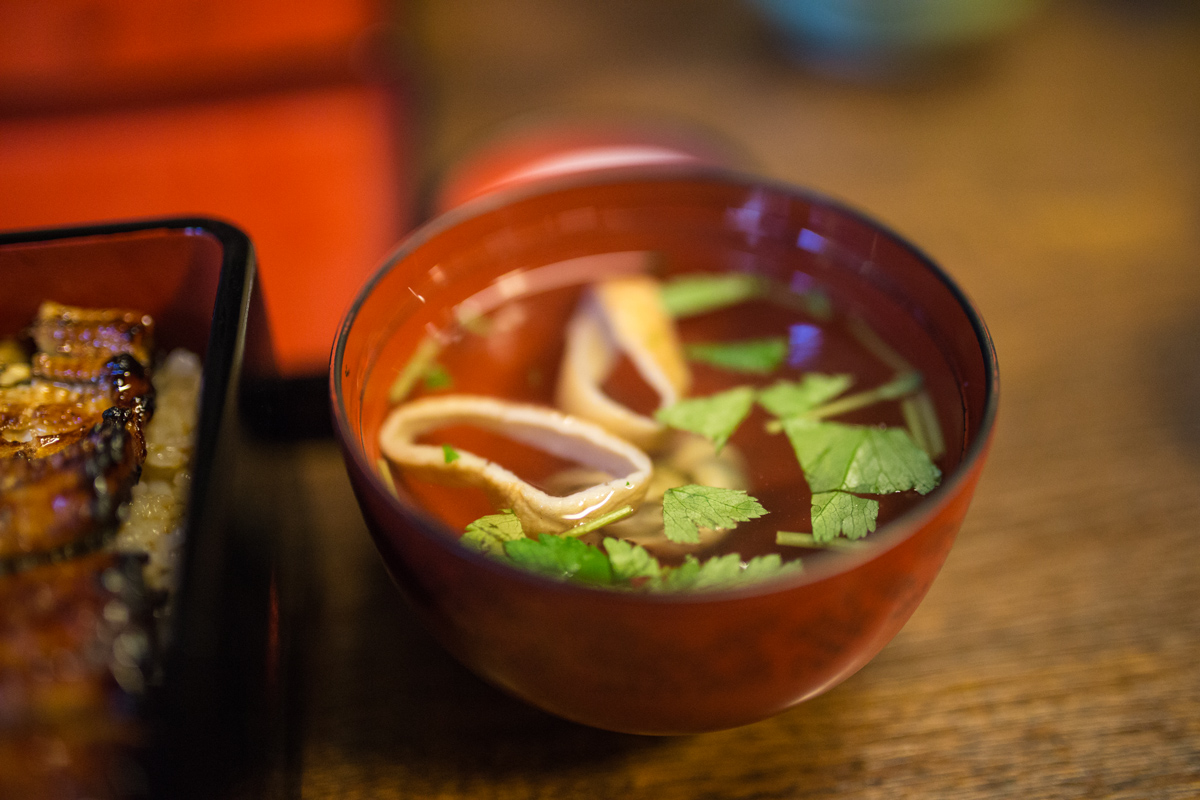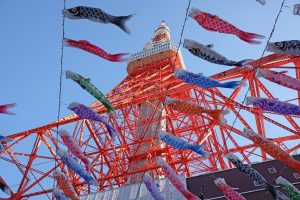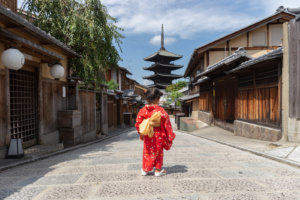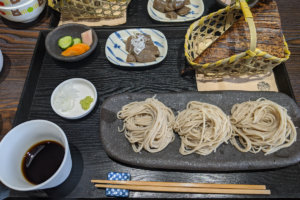If I am to name one of Japan’s most delicious dishes it will be Unagi, eel. Unagi is one of Japanese dishes I can never get enough of. If not for the price, I’d have eaten unagi at least every single week.
Unagi is one of Japanese signature dishes. History recorded that Japanese has been eating unagi since centuries. They believe that eating unagi will provide healthy benefits to the body especially in summer. It is believed that eating unagi on the Day of the Ox will bring a great stamina to survive the summer heat.
There are many restaurants in Tokyo serving Japanese eel unagi at different prices. The best eel is soaked well in sweet sauce, grilled, and contains a little bit of fat that melts in mouth. Many people love unagi because of its succulent taste. Sadly, unagi is decreasing fast due to the market’s high demand. For this reason, the price of unagi increases these last few years.
Narita city is famous for eel. This city is the oldest place serving eel dishes in Japan. Back in the Edo era, many river fish swam wild and free, easily be caught in the Lake Imbanuma area on the west of Narita. Because of this abundance supply, eel was part of daily dishes of people living in the area. As the number of people visiting Narita-san Shinshoji Temple increased and the popularity of eel in Edo became higher, many restaurants started selling unagi dishes. Now, there are a total 60 restaurants serving eel dishes on the way to Shinshoji Temple.
One of our favourite unagi restaurants, Kawatoyo is the most popular unagi restaurant in Narita city. Kawatoyo has several branches in this city. The queue alone speaks a lot of volume of the quality of the food Kawatoyo serves. When we visited Narita city for autumn foliage, dining in Kawatoyo was the first thing on our list.
As it is impossible to get table at lunch time, we stopped by brunch. Surprisingly, there were already some people at the tables, mostly were local. The staff have started working hard to clean, cut and prepared the unagi to be grilled. It was only 10 am, right after the restaurant opened.
Curious passerby watched the staff preparing unagi. Distinct smell from the grilled eel flooded the air at the store. Those with huge curiosity and appetite stepped into the restaurant without hesitation.
We paid our orders at the cashier then took the table inside a Japanese style dining room. Early customers could easily get table in this room. Like in many other Japanese style restaurants, we had to take off our shoes and keep it inside plastics provided by the waitress.
It was not that long until our first meal served on the table. It was a bowl of unagi liver.
Our main dish was Unaju, grilled eel served on a bed of steamed rice. It is recommended to eat unagi with sansho powder, the ground berries of the prickly ash tree that has a peppery-lemon flavour with a kick of heat. This sansho powder gives a little boost to the unagi taste. A little sprinkle of sansho is enough.
There are several ways of eating Unaju. The most common way is to scoop the rice into a small bowl, take a small cut of the eel and put it on top of the rice then eat. Unagi specialised restaurants, however, serve the unagi in a box that allow us to eat unagi and rice directly.
We ordered clear soup made from kelp “dashi” (stock) with tofu, cilantro and eel liver. There was no spoon on the table. All we had to do was to drink the soup from the bowl and took tofu with chopsticks.
Kawatoyo does not serve dessert. A small portion of pickle is the only dish to end the meal.
Is eating Japanese eel in Narita City worth the trip? Yes, it is. Apart from the delectable taste of Kawatoyo’s eel, visiting Narita city itself is an experience not to be missed.
Have you ever tried unagi? Will you give it a try when visiting Japan?

